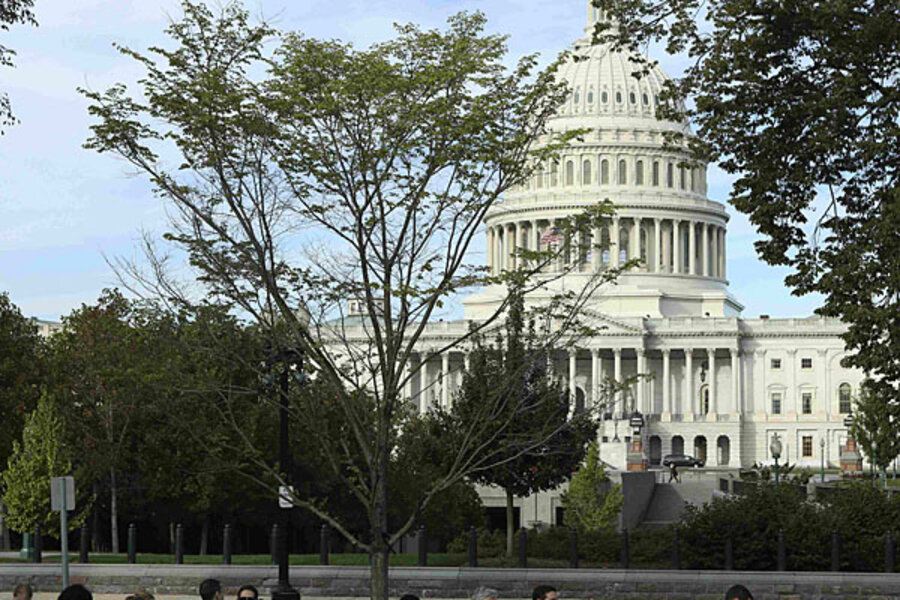It is never good when the U.S. Treasury gets compared to Brazil
Loading...
The other day, I was talking to a guy who closely watches Washington for big foreign investors. Like most of us, his clients are struggling to understand the debate over the fate of the debt limit. He told me about one investor who asked whether it would be considered a default if Treasury made its regular interest payments but failed to pay other creditors.
This would not be a big deal, the investor suggested. After all, he noted, Brazil does it all the time.
I don’t know if Brazil does in fact delay paying creditors, but I do know this: It is never a good thing when Brazil and the U.S. Treasury are mentioned in the same sentence. Carmen Reinhart and Ken Rogoff figure the South American nation has either defaulted or restructured its sovereign debt nine times—most recently in 1986-87.
In some ways, this says everything you need to know about the current fiscal madness on the Potomac. The dollar is the world’s reserve currency mostly because the U.S. has the world’s biggest economy. But it is also because the U.S. is one of the few nations on the planet where investors need not worry about political risk. We don’t do coups. We don’t do massive currency devaluations. And we do pay our bills.
Sure, there is interest rate risk. There always is. But eliminating one variable from the financial equation—the concern that the U.S. won’t pay its debts because, well, it doesn’t want to—is an important reason why investors see Treasuries as a safe haven. They know they can stash money here when the world economy trembles or even when their own countries make them nervous. And that, in turn, is one reason why U.S. interest rates remain near historic lows even with a rebounding economy and a federal debt of $17 trillion. Despite everything, investors keep buying our bonds because they know we are good for it.
At least, they did.
The last time investors seriously worried about whether domestic U.S. politics might drive a default was probably sometime during the presidency of Andrew Jackson. But now, they may be getting just a whiff of uncertainty. And, make no mistake, when lenders become uncertain, borrowers pay.
As my colleague Donald Marron notes, in 1979 the U.S. did briefly miss payments on Treasury bills—an inadvertent default caused by a debt limit confrontation and a back office glitch. That temporary hiccup kicked short-term Treasury rates up 60 basis points in a day. Not only was it a huge move, but it stuck for months afterwards.
So far, the markets don’t seem to believe the U.S. will breach the debt limit this time. But there are hints that this rock-solid belief that Treasuries are the world’s safe haven may be showing some cracks. The cost of buying insurance against default (relatively thinly-traded credit default swaps) is rising. So are rates on very short-term Treasuries. And then there is that guy who is reminded of Brazil.





